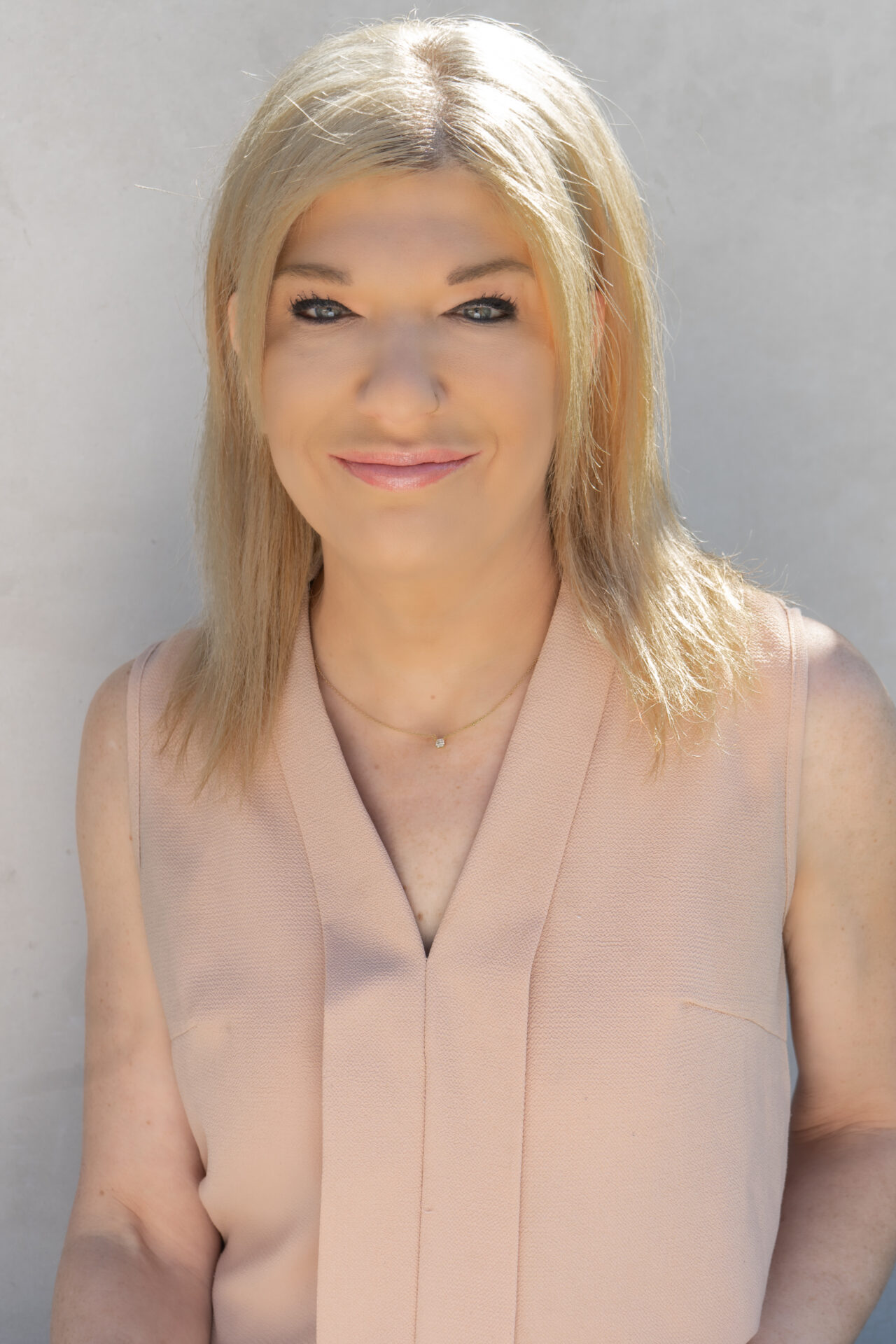If you’ve been reading about recovery from Alcohol Use Disorder (AUD), you’ve probably run into the term “Pink Clouding,” and that’s probably what brought you to this page.
What is Pink Clouding? Well, it’s a term used by the addiction and mental health communities to describe the feeling of optimism and euphoria experienced by people after stopping drinking or using drugs for a prolonged period.
Typically, the feeling is more prevalent in AUD patients, but it’s also commonplace in SUD recovery as well. These individuals feel free from their addiction and they think that this is it—they’re finally cured of their disease and ready to live a sober lifestyle forever.
Sadly, that’s not the case.
The “Pink Clouding” effect experienced by AUD and SUD patients in the early stages of their recovery can be a wolf in sheep’s clothing. AUD and SUD patients experience a slow deterioration of the natural levels of the neurotransmitters, serotonin and dopamine, in the brain.
These neurotransmitters have an incredibly powerful effect on our mindset and well-being. Serotonin makes us feel happy, and dopamine gives us a biochemical reward of satisfaction and engagement when we complete a task that gives us pleasure—such as using or drinking.
When people enter recovery, their dopamine and serotonin receptors are fried. That’s why addicts must continue to use more and more of the same substance to get the same feeling of enjoyment out of it.
In the early stages of recovery, the brain heals these receptors, and the neurotransmitter levels in the brain ramp up dramatically causing the onset of the Pink Clouding phenomenon. As the brain continues its efforts to achieve homeostasis (a state of balance), the addict feels an increasing sense of happiness and satisfaction that’s very different from the hell they were enduring during the detox and withdrawal process.
Who Coined the Term Pink Cloud?
The origin of the term “Pink Cloud” is often incorrectly attributed to an article published by Galinato et al. in the GSTF Journal of Nursing and Health Care (JNHC) in 2019, discussing the use of the term by the support group “Alcoholics Anonymous,” (AA).
In fact, Bob and Deborah Wright coined the term in their 1992 self-help book titled, “Dare to confront!: How to Intervene When Someone You Care About Has an Alcohol or Drug Problem.”
The book defines the “Pink Cloud” as a euphoric feeling (like being on cloud 9), where you’re seeing things through rose-tinted glasses, and everything in life feels great. Unfortunately, it’s a short-lived feeling and as it dissipates the patient must return to the gravity of their situation and the long road of recovery stretching out before them.
“Pink Clouding” became a popular term in the recovery community after its use in the hit TV show, Law & Order: SVU in 2013 in an episode titled, “Girl Dishonored.”
Recognizing the Pink Cloud Phenomenon
There are no diagnostic criteria available in the Diagnostic and Statistical Manual of Mental Disorders, and it’s not an officially recognized medical term, despite it presenting clear physiological and psychological signs in the patient.
When patients ascend to the “Pink Cloud,” it’s a welcome feeling of relief, especially after chasing an addiction for what might have been months or years. It gives them hope that they can cope without substances or alcohol, and a brief glimpse into what their life could be like in the future.
As mentioned, Pink Cloud, despite not being a medically defined diagnostic term, does in fact have several effects on the body and mind. Here’s what many addicts report when describing the feeling of Pink Clouding.
- Sensations of extreme joy or euphoria.
- A new outlook of hope and positivity for the future.
- Optimism about their chances of making a full recovery from addiction.
- A sensation of peace or calm in their mind and thought patterns.
- An increase in their commitment to stay sober.
- Enhanced emotional and behavioral awareness.
Pink Clouding sounds great, and for many recovering addicts it forms a springboard to help them further commit themselves to living sober. It’s a chance to capitalize on this eye in the storm of addiction recovery and leverage it to build and reinforce healthy lifestyle habits while motivation is high.
On the flip side, Pink Clouding can give addicts a false sense of safety. They might think that this is it—they’ve made it through their addiction—and the rest of their recovery will just get easier. They start to pull back on their structured outpatient recovery program and they might stop going to meetings or therapy sessions or using medication.
Then, when the brain returns to balance and neurotransmitter levels settle, they’re blissfully unprepared for the return of triggers and cravings, causing them to give up on their recovery and relapse into their old addictions.
Can Pink Clouding Help in Addiction Recovery?
When addicts end up in an inpatient program, they’re burned out and a husk of their former self. Many feel drained of energy, irritable with the people around them, battling with feelings of hopelessness and thoughts of low self-worth.
So, when they float up to the Pink Cloud, it’s a welcome change from what they’re used to in their daily experience. They go from being drained emotionally and physically to feeling full of mental energy and hope about their future. Self-confidence and motivation increases and they feel like they’re getting their life back under control.
While Pink Clouding is something of a physiological hoax that the brain pulls on our psychology, it’s a powerful glimpse into the future of what life could be like, if the addict manages to continue with their recovery. In some cases, it’s just what people need to give them the push to commit to long-term sobriety.
How Long Does the Pink Cloud Last?
While every addict wishes they could continue Pink Clouding forever, the reality is the fairy tale ends sooner or later. The phenomenon is different in everyone who experiences it. But for most patients in recovery the Pink Cloud effect shows up after around a month of abstaining from drugs and/or alcohol.
In some cases, the effect may only show up much later, up to five months after cessation of substances or alcohol. Everyone’s brain chemistry is unique and when they walk through the doors of a recovery center they might be in very bad shape or just in the early throws of addiction. These factors all play a role in when the Pink Clouding effect shows up and how long it sticks around.
There’s no official scientific evidence or research into this phenomenon and the accounts of its effects are merely anecdotal among users. But regardless whether the medical community officially recognizes Pink Clouding or not, it’s a genuine phenomenon.
The Pink Cloud – A Double-Edged Sword
While there are plenty of advantages to experiencing the Pink Cloud in SUD and AUD recovery programs, there are drawbacks to it, too. We’ve already touched on the advantages of Pink Clouding, but let’s flip the script and look at the drawbacks it has in addiction recovery, particularly over the long term.
- The addict feels overly confident about their recovery, and they aren’t prepared for it when the sensation fades away.
- The addict might continue to suppress the trauma or thought/behavioral patterns that drive their addictions.
- They’re unable to deal with the shift in neurotransmitter production and its effects on their mood and thoughts when the phase does eventually start to wear off.
- They may replace one addiction with another without being aware that they’re doing so.
Preparation is key to continuing recovery post the Pink Cloud phase. That’s why inpatient and outpatient programs are so important in recovery. They teach patients the skills they need to transition from one phase to another without relapsing into their old behavior and thought patterns.
Can Experiencing the Pink Cloud Cause a Relapse?
Yes. The cold truth is that the Pink Cloud phase doesn’t last forever. When the joy of recovery fades and the patients descend from the Pink Cloud, they’re left in the same spot they were before it swept them up into bliss.
Every day in recovery becomes a struggle again and any unresolved trauma, thought or behavioral patterns start to flood back into their frontal lobes and conscious mind. If the patient isn’t well prepared, then they’re inadvertently setting themselves up for a relapse.
It’s critical for patients to continue their inpatient or outpatient program, even if they’re Pink Clouding and feel like they don’t need help anymore. This false sense of security provided by the Pink Cloud can be devastating to the patient.
If the patient has the skills and strategies to navigate the rebound, they’re more likely to persist with their recovery when their brain chemistry returns to homeostasis.
Tips to Manage the Pink Cloud Phase and Prevent AUD Relapse
While the Pink Cloud is a fantastic experience for addicts who thought they were lost to addiction for life, it’s only temporary. Sooner or later, the gravity of their situation will come crashing down, and the return to the long road of recovery becomes inevitable.
If you’re going through recovery in an inpatient program, you’ll have the resources available to you to navigate this phase. If you’re in an outpatient program, the tools and strategies are there for you to leverage, but it’s up to you to use them.
If your dealing with a descent from the Pink Cloud and you don’t know how to deal with it, here a few a few tips to help you through the transition back to reality safely, and continue your journey to making a full recovery.
- Sign into an inpatient program to detox from AUD or SUD using medically assisted treatment (MAT).
- Avoid visiting places or people who might jeopardize your recovery, like friends you used to drink with or bars you used to frequent.
- Use mindfulness strategies outlined in your outpatient and aftercare plan to reclaim control of your mind when you feel like it’s spinning out of control.
- Maintain your therapy and support group sessions, even if you feel like you don’t need them anymore.
- Stay connected with your support groups and lean on them when things get rough.
- Maintain your self-care protocol. Make sure you eat well and get enough sleep and exercise.
- Take up a healthy hobby that occupies your mind.
These strategies help you manage your descent from the Pink Cloud and keep you on track to living your goal of staying sober. Sooner or later the “honeymoon phase” of your recovery ends and you have to accept the fact that you’re in this for the long haul.
it’s important to remember that AUD and SUD are officially classified as “chronic diseases.” That means you’ll never be fully “cured” from AUD or SUD—you’ll need to manage your condition for the rest of your life. That said, things will get easier as the months and years pass—provided you maintain your outpatient and aftercare plans.
What is Pink Clouding? – Key Takeaways
The “Pink Cloud” or “honeymoon phase” of your recovery is a short-lived psychological and physiological experience.
Patients feel euphoric, joyful, and mentally and physically refreshed as dopamine and serotonin levels swing to an imbalanced state in the brain and the receptor experience overload, leading to the effect.
You’ll feel like you’re fully recovered from AUD or SUD, and that you don’t need any further help with your recovery. You feel like you’ve got this, and you might build a false sense of security around the experience.
When the brain reaches homeostasis and balance, the Pink Cloud starts to fade away.
The key to navigating this phase is to maintain your aftercare or outpatient program during your recovery, even if you feel like you don’t need it anymore.
The Pink Cloud effect is different in its intensity and duration between patients.
Pink Clouding isn’t an official medical term or diagnosis, but there’s loads of anecdotal evidence suggesting it’s a genuine phenomenon.
Maintaining your aftercare plan and staying in touch with your support group is vital to keeping up with your commitment to living sober when the Pink Cloud fades.
Britney Elyse has over 15 years experience in mental health and addiction treatment. Britney completed her undergraduate work at San Francisco State University and her M.A. in Clinical Psychology at Antioch University. Britney worked in the music industry for several years prior to discovering her calling as a therapist. Britney’s background in music management, gave her first hand experience working with musicians impacted by addiction. Britney specializes in treating trauma using Somatic Experiencing and evidence based practices. Britney’s work begins with forming a strong therapeutic alliance to gain trust and promote change. Britney has given many presentations on somatic therapy in the treatment setting to increase awareness and decrease the stigma of mental health issues. A few years ago, Britney moved into the role of Clinical Director and found her passion in supervising the clinical team. Britney’s unique approach to client care, allows us to access and heal, our most severe cases with compassion and love. Prior to join the Carrara team, Britney was the Clinical Director of a premier luxury treatment facility with 6 residential houses and an outpatient program




